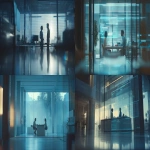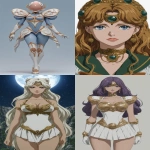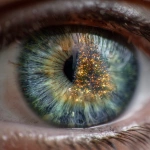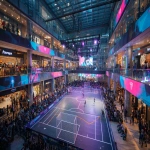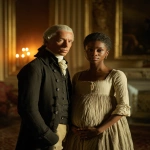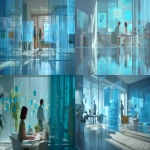Explore the Best AI Image Gallery
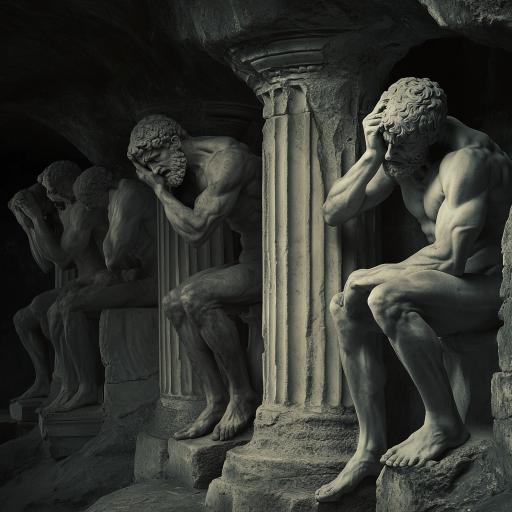
The Future of Art: Embracing AI-Generated Visual Content
Artificial Intelligence (AI) is revolutionizing the creative industry, especially in the realm of visual content. As technological advancements continue to unfold, AI-generated images are becoming more sophisticated, raising questions about authorship, originality, and ethics. This blog post explores the multifaceted impact of AI on the creative landscape, potential applications, ethical considerations, and future trends that will shape this burgeoning field.
The Rise of AI in Visual Content Creation
AI-generated art has gained significant traction in recent years, enabled by advancements in machine learning algorithms and neural networks. Models like Generative Adversarial Networks (GANs) and diffusion models are capable of creating highly detailed images based on a variety of input styles and prompts. The democratization of these tools has made it increasingly accessible for both seasoned artists and amateurs to generate stunning visuals at a rapid pace.
Platforms such as DeepArt, ArtBreeder, and DALL-E exemplify the power of AI in visual content creation. Artists can now harness these capabilities to enhance their creative process, brainstorming new ideas, and pushing the boundaries of traditional artistic expression.
Potential Uses of AI-Generated Visual Content
AI-generated visual content has diverse applications across industries. Some of the notable use cases include:
- Advertising and Marketing: Brands leverage AI-generated imagery to create eye-catching campaigns that resonate with audiences. The ability to tailor content to specific demographics allows for more personalized marketing efforts.
- Game Design: In the gaming industry, developers can use AI to generate vast landscapes, characters, and textures, thereby reducing production costs and enhancing creativity.
- Fashion: AI tools can analyze design trends and consumer preferences, helping designers create unique clothing lines while minimizing waste.
- Film and Animation: Filmmakers are starting to explore AI-generated storyboards and visual effects, streamlining their creative processes.
Ethical Considerations
Despite its potential, the rise of AI-generated visual content also raises significant ethical questions. Here are a few considerations:
- Authorship: Who owns the rights to AI-generated art? If a piece of art is created by an AI after being fed data from countless human artists, do those artists retain any claim to the resulting works?
- Authenticity: As the lines blur between human-made and AI-generated art, the very definition of creativity and authenticity is called into question.
- Bias and Representation: AI models are only as good as the data they are trained on. If biased or unrepresentative data is used, the generated content can perpetuate stereotypes and misrepresent certain groups.
- Job Displacement: The integration of AI into creative industries raises concerns about job losses for traditional artists and designers as machines take over aspects of their work.
Future Trends of AI in Creative Industries
The future of AI-generated visual content appears promising, with continuous advancements in technology. Here are some trends to watch:
- Collaboration between Humans and AI: Rather than replacing human creativity, AI is likely to become a collaborative partner in the artistic process, with creators guiding AI tools to bring their visions to life.
- Enhanced Personalization: AI’s ability to analyze user preferences will lead to more personalized content creation, tailored specifically to individual tastes, thereby enriching the user experience.
- Education and Accessibility: As AI tools become more user-friendly, educational resources will evolve to equip aspiring artists with the skills needed to leverage these technologies.
- Regulations and Standards: As the legal landscape surrounding AI-generated content matures, regulatory frameworks will evolve to address issues of copyright, authenticity, and ethical AI use.
Conclusion
The advent of AI-generated visual content is reshaping the creative industry and encouraging us to rethink traditional notions of artistry. While challenges such as ethics and authorship remain at the forefront of discussions, the collaborative potential between human creativity and AI technology promises an exciting future for artists and audiences alike. As we continue to explore this intersection between art and technology, we must strive to foster an environment where innovation thrives alongside ethical practices.

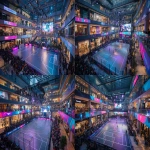
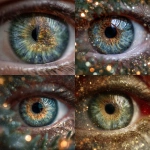
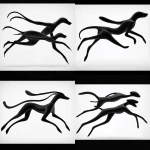
](https://images.ai-img.art/thumbnails/150/495da3d67f888cb2b29451be79caa418d737872bfbbc448175517c57d56faa70.webp)
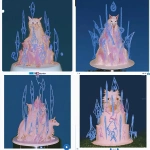
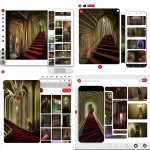
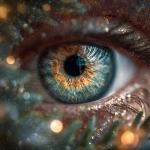
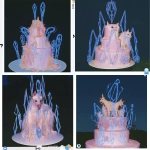

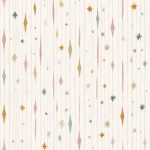

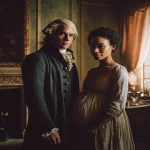






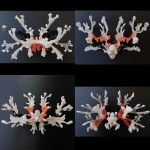
](https://images.ai-img.art/thumbnails/150/f6821b2644e015cea7d1e826f8b3baf4c8c4698897d46869e6e61bcc59b070a3.webp)

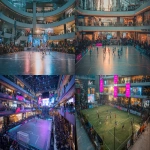
](https://images.ai-img.art/thumbnails/150/03913d58cd48bd2c88b0cabd5338b3a738d9b391a6bef375ae801221036f1642.webp)

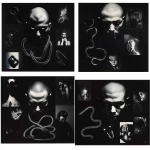

](https://images.ai-img.art/thumbnails/150/d8894e26ccb3647944df1b58cd702ee0f808a589c49cf840bdc180ef591d8b01.webp)

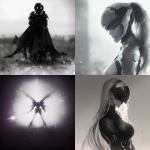
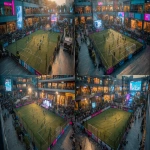
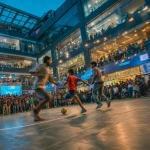

](https://images.ai-img.art/thumbnails/150/beaaf2af72d3537d73c8c13d4ec66e4bd9510305c07f8730f4fff14fa5183be3.webp)
